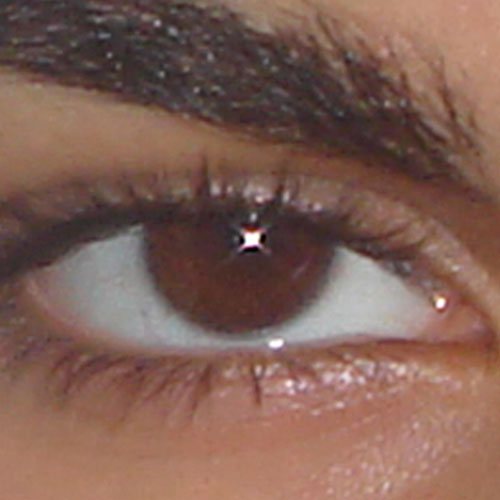
| Title | Content | Introduction | Background | Potential Benefits | Legal Ethical Social Issues | Security | Conclusion | References |

Introduction
Imagine walking through an airport for screening before you board a flight. You are told to look at a camera lens that snaps an image of the unique structures of your eye’s iris. This infrared image is scanned and then read by a system that then studies the patterns of the iris of your eye to get it recorded as a graphic. The patterns are studied, mathematical and statistical algorithms are run and a template is created. This result is then matched with databases of iris image templates searched by matching engines. Within the speed of 2 seconds the system cites your name, address, license and criminal record. The result, an identification of who you are is made. The Transportation Security Administration (TSA) system gives the airport security a prescreen of you and then a decision can be made to see if you need additional screening, need to be placed on the “No Fly Watch List” or if you are clear to get on board. This innovation is Iris Image Biometrics and is the future of our airline security for identification. Biometrics is an emerging technology where the science of measuring physical or anatomical characteristics is mixed with technology to create identification systems (Corby et al., 2006). This new innovation of biometrics may be used soon by the United States Transportation Security Administration (TSA, 2013). This technology uses a database system connected to an Iris imaging system of the human eye. Iris recognition systems are currently being researched by the TSA for use because it is an identifier that is “unique to every person offering an alternative secure approach in validating who someone is” (TSA, 2013). The iris is stated to provide an ideal means of biometric identification for several important reasons. The iris is the perfect identifier because “it’s randomly formed textural variation is unique to each individual, and it remains unchanged throughout life with 170 discriminators” (Webb, 1997). The iris is an organ that cannot be analyzed by the bare human eye so it becomes an excellent identification organ. Iris image biometrics is an amazing new technology that will be used by airports around the country in the near future. The purpose of this paper is to showcase the advent of this new technology and its great benefits to the TSA, but also present the legal, ethical, social and security issues that arise from this innovation and its use.